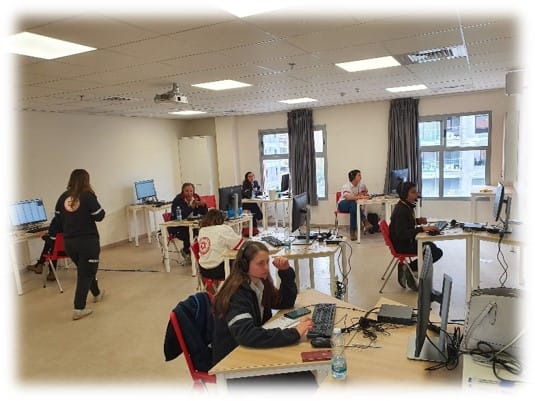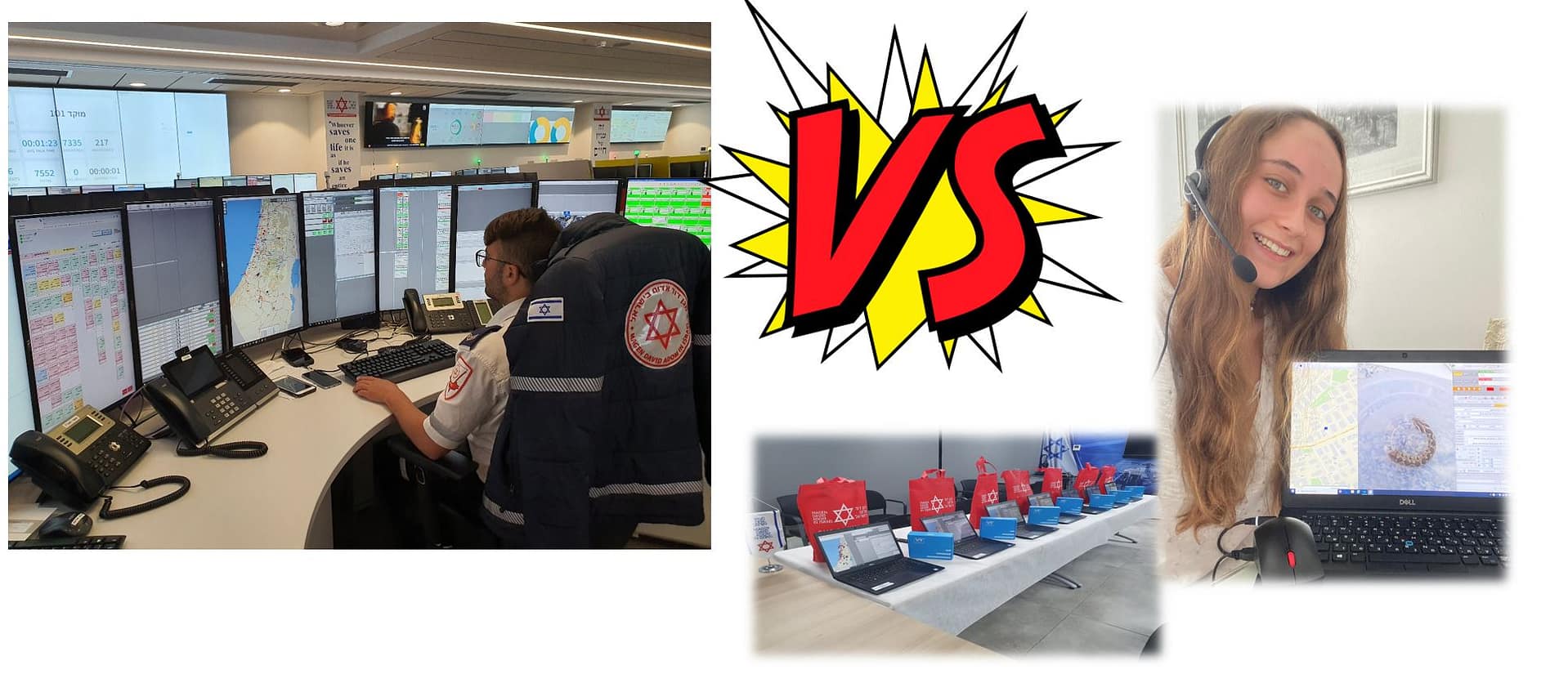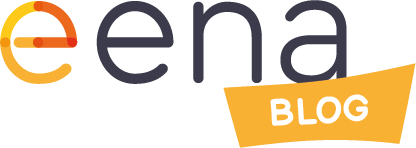Teleworking for emergency call-takers
For some emergency call centres, remote call-taking was not new. In Lower Austria, call-takers at the Emergency Communication and Coordination Centre (Notruf Niederosterreich) have had the option of working from home since 2017. This proved beneficial when additional call-takers were needed at short notice for peaks in incoming calls, for instance due to large-scale emergencies. Call-takers could quickly connect from home to provide timely support to citizens. Costa Chwojka, CEO of the organisation, reported other benefits in EENA’s webinar, including a better work-life balance for call-takers and the reduction of CO2 emissions of the organisation. During the pandemic, the programme was rolled out to include more call-takers: during the first wave of COVID-19, 105 out of 160 dispatchers were working remotely.
In other countries, the introduction of the home office for call-takers was a direct response to the demands of the COVID-19 outbreak. In times of crisis, the ability to adapt is key. Resilience was demonstrated by the team at Magen David Adom (MDA), Israel’s Emergency Medical Services, with the quick implementation of teleworking capabilities. How does an organisation go about implementing a new strategy in a short time frame? What were the challenges and benefits of these new capabilities?

“I think we can divide life at MDA into two different parts: before February 2020 and after February 2020. Until 2020, we had 2.1 million emergency calls annually, an average of 6000 calls per day. But COVID-19 changed the game and we passed 8 million calls in only 10 months. When the pandemic started, we set call-takers up in different facilities like classrooms. We built a specific questionnaire for COVID-19 issues and an IVR (Interactive Voice Response) on the emergency line…”
But it soon became clear that expanding into classrooms, gymnasiums and travel agencies just wouldn’t be enough. As the possibility of call-takers being placed into quarantine became clear, Ido and his team began to plan the implementation of homeworking.
“For information security and privacy, I’ve always thought that dispatchers need to sit in the call centre, in a secure place and near colleagues for support. This is the way we acted until the pandemic. The situation meant we didn’t have any choice, we needed to think in another way. So, we found a way for operators to work from home.”
To enable homeworking, Ido and his team developed a light Computer Aided Dispatch (CAD) system on laptops with security keys. This formed part of a kit provided to all remote call-takers that included laptops, headsets and security facilities to give access to the secure network. Once a person entered the network, they formed part of a pool of all the call-takers in Israel, joining the national effort to answer emergency calls. The light CAD included the ability to receive photos, videos and eCalls from home.
“Our system is one system that works in different sites. When you dial the emergency number, the call-taker can be anywhere in the country, because they work on the same integrated system. If you are one of our trained call-takers, there’s no difference between working on the CAD system from home or in the call centre.”
The critical importance of this measure soon became clear. MDA is responsible for 8 different emergency call centres in Israel. Ido received a call from the Director of a region, stating that the regional call centre had been placed under quarantine. The team quickly confirmed that all of the call-takers involved met the conditions required for homeworking, which included having a good internet connection and a quiet place to work without interruptions for 4-hour shifts. Just as the homeworking kits were distributed to the call-takers, another call centre was shut down and its staff were placed into quarantine.
“Then, we began to think, what happens if a third is shut down? We prepared more kits. But this was scary. You have a problem, you solve it. You have another one, you solve it. It never stops, but I’m very happy that we created these options during the first wave. Afterwards, I felt comfortable that we were prepared and could continue providing the same level of service, whatever the situation. So, although COVID-19 created a terrible situation, we chose to also see it as an opportunity to implement changes and create new solutions to save lives.”

Of course, implementing homeworking brings its unique challenges. It was highly important for the system to be secure. Access to the network included triple layers of security and call-takers were provided with a secure cell phone to communicate with their colleagues.
“Believe in technology because the solution is out there but always with security. Don’t forget the importance of the security of the information, because we deal with people’s lives. Never compromise on security.”
Additionally, the experience for call-takers changed dramatically. While on one hand, homeworking provided an important opportunity for call-takers to continue work during quarantine, it was, on the other hand, emotionally challenging for some call-takers at MDA.
“It was difficult emotionally to sit alone without the colleagues. There is a lot of learning and support when you sit with people. You learn from them. You ask questions. As a call-taker, I prefer this kind of connection between call-takers. But truthfully, without those people working from home, we would not have been able to keep the same response time for emergency calls during that time.”
Thinking back over the last year, what recommendations would Ido give to colleagues across the world? Above all, you need to always think outside the box: “Never say never. I remind you that I said: ‘Never, there is no way that we will take emergency calls outside the call centre.‘ Now I have to eat my hat!”
With thanks to Ido Rosenblat, Chief Information Officer, MDA

Author: Rose Michael, former Knowledge Officer & DPO at EENA
The opinions expressed are those of the author and do not necessarily represent the views of EENA. Articles do not represent an endorsement by EENA of any organisation.

EENA
- EENA#molongui-disabled-link
- EENA#molongui-disabled-link
- EENA#molongui-disabled-link
- EENA#molongui-disabled-link
Share this blog post on:
